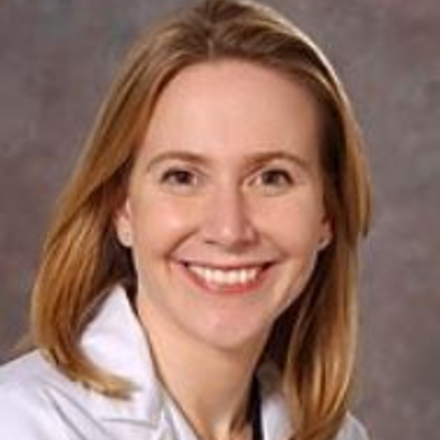
In the News
Opinion Piece Highlights Need for Making Effective Medication for Opioid Addiction Accessible to Save Lives
- The Sacramento Bee
-
Focus Areas
Alcohol, Tobacco, Drugs & Mental Health, Capacity Building & Leadership, Health Care & Population Health -
Programs
Bridge, CA Bridge -
Strategic Initiatives
Opioids

“As an emergency department physician, I have been on the front lines of the opioid overdose crisis, treating countless people — young and old, housed and unhoused — experiencing an overdose or struggling with substance use. In the emergency department, we see people on their worst days. It can be a daunting and harrowing experience, and we have an opportunity to offer hope and a way out.
“Our current epidemic of overdose deaths is solvable. There is a path forward to rein in the opioid overdose epidemic, save lives and get people into sustained recovery. In 2018, I co-founded CA Bridge, an addiction treatment program housed in emergency departments at 276 hospitals across the state, from UC Davis Medical Center in Sacramento, to Highland Hospital in Oakland and Bakersfield Memorial Hospital. The goal of CA Bridge is to provide 24/7 access to medication treatment for patients with opioid use disorders. This is done by training medical providers to identify patients with opioid use disorders and immediately starting treatment with medication. Medications for opioid use disorder, like buprenorphine, are remarkably effective — controlling symptoms of opioid use disorder, lowering overdose risk and increasing rates of long-term recovery.
“CA Bridge emergency departments also have specially trained navigators who work closely with patients to ensure they can get prescriptions filled and access outpatient care after they are discharged from the hospital.

Across California’s statewide network of over 270 emergency departments, 85% of patients offered medication accepted it. These patients were twice as likely to remain in treatment after one month than patients who did not receive medication.Aimee Moulin, MD
Co-founder & Principle Investigator, CA Bridge, Public Health Institute
There is a myth that people with substance use disorders don’t want treatment and that we need a hammer to force or coerce them into treatment. That’s simply not true.
In my 17 years treating patients with substance use disorders, it’s been my experience that patients are hungry for treatment — but it’s simply not offered in a way that they can easily access. Right now, it is easier for Californians to get their hands on fentanyl and other opioids than it is to get treatment.
Opioid use disorders are the only medical conditions that we do not systemically treat with medication the way we do other chronic conditions like diabetes or high blood pressure. If we want to get serious about addressing opioid dependence and the overdose crisis, we must fundamentally shift our approach.Aimee Moulin, MD
Co-founder & Principle Investigator, CA Bridge, Public Health Institute
Click on the link below to read the full article. Registration or subscription may be required to access this full story.
Originally published by The Sacramento Bee
More Updates


Safeguarding the Health and Wellbeing of Agricultural Workers in Monterey County: A 5-Year Glance at the COVID Pandemic & Lessons Learned

New Study Reveals Why Alcohol Use Increased During the Pandemic

PHIL Collective: Tools, Training and Resources for Collaborative, Cross-Sector Efforts to Improve Health and Equity
Work With Us
You change the world. We do the rest. Explore fiscal sponsorship at PHI.
Support Us
Together, we can accelerate our response to public health’s most critical issues.
Find Employment
Begin your career at the Public Health Institute.
